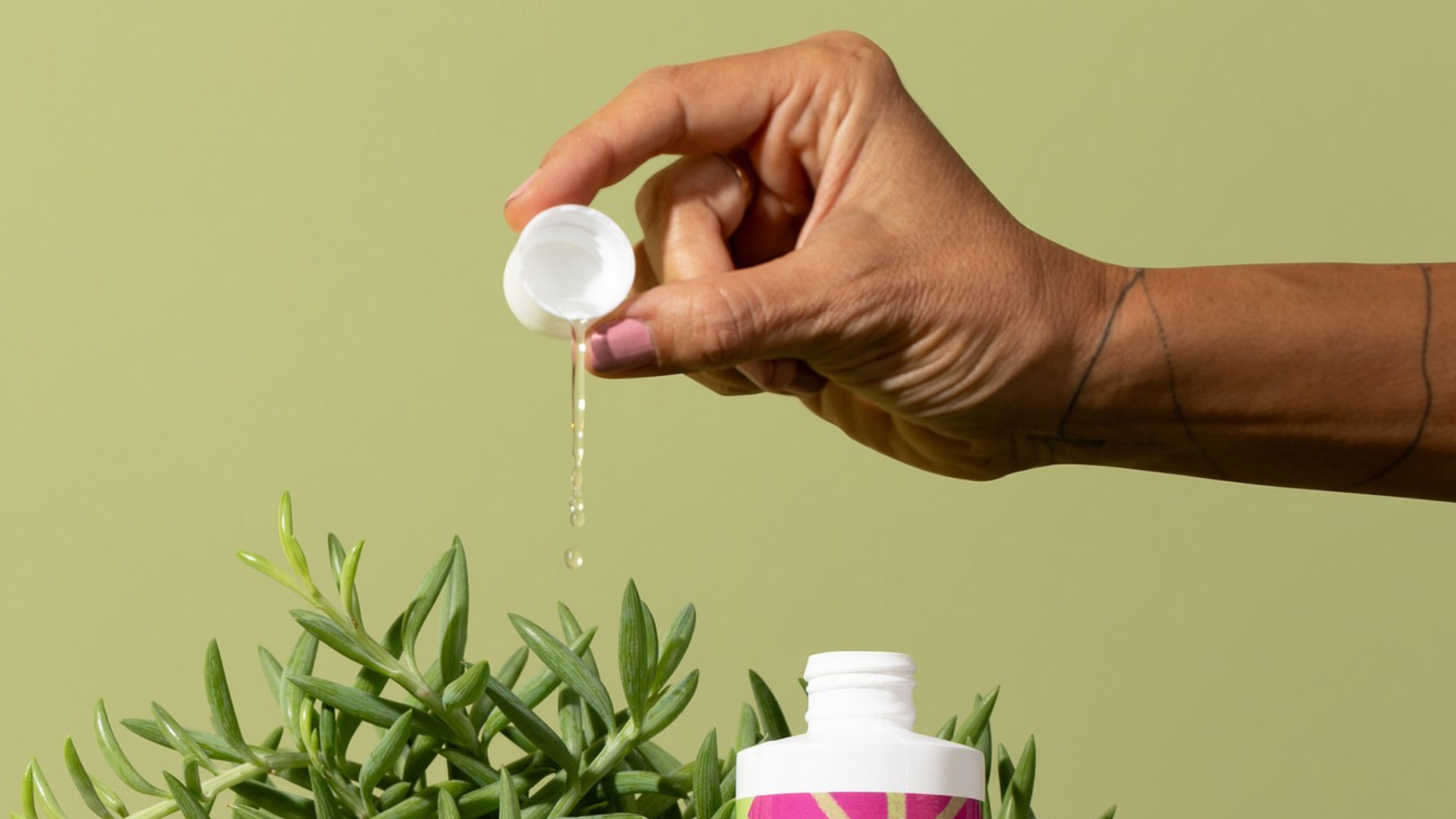Article: Soil Conditioner for Houseplants: The Secret to Healthier Roots and Thriving Plants

Soil Conditioner for Houseplants: The Secret to Healthier Roots and Thriving Plants
Table of Contents
Indoor plants face a unique challenge: they live in small containers with limited soil volume, isolated from the rich ecosystems of the outdoors. The good news? By adding a soil conditioner - a mix of beneficial microbes - you can create living soil that supports stronger roots, better nutrient uptake, and lasting plant health.
If you’re new to soil nutrients, start with our guide to Houseplant Fertilizer 101 for a deeper look at how healthy soil feeds thriving plants.
What Is a Soil Conditioner?
A soil conditioner is any material that improves the structure, aeration, and biological activity of soil. Unlike fertilizers, which supply nutrients directly to plants, soil conditioners create the right environment for roots to access those nutrients.
In houseplants, a living soil conditioner restores beneficial microbes, improves drainage, and keeps soil healthy longer between repottings.
Lively Soil Booster, is our special blend of soil probiotics for indoor houseplants, and they’re one of the easiest ways to help your indoor jungle truly flourish.
 Types of Beneficial Microbes in Soil Conditioners
Types of Beneficial Microbes in Soil Conditioners
Bacillus Bacteria: The Soil Maintenance Crew
Species of Bacillus bacteria are resilient, soil-friendly organisms that:
-
Break down organic matter into plant-available nutrients
-
Loosen compacted soil for better drainage
-
Help soil retain moisture without becoming soggy
-
Compete with harmful pathogens that cause root problems
Think of Bacillus as your soil’s maintenance team - constantly improving texture and health.
Mycorrhizal Fungi: Root Extenders & Nutrient Allies
Mycorrhizal fungi form threadlike networks (hyphae) that attach to roots and extend far beyond them. These networks help plants:
-
Absorb and retain water more efficiently
-
Access and utilize nutrients such as phosphorus, zinc, and copper
-
Resist stress and environmental change
Research shows mycorrhizal fungi can improve phosphorus uptake by up to 80% (source).

Learn more in Mycorrhizal Fungi for Houseplants. You can also find mycorrhizal fungi in Leafy Plant Food, our gentle, every-watering fertilizer.
Why Your Houseplants Need a Soil Conditioner
Potted plants don’t have access to the vast root networks and microbial diversity of outdoor soil. That makes it easy for potting mix to become lifeless and compacted over time. A living soil conditioner restores that balance.
Here’s how it helps:
-
Rebuilds microbial life – revives soil biology that supports roots
-
Improves nutrient uptake – microbes unlock nutrients for absorption
-
Enhances soil structure – increases air space and drainage
-
Reduces disease risk – beneficial microbes crowd out pathogens
-
Boosts resilience – plants recover faster from stress or repotting
For a deeper look at plant nutrition, revisit Houseplant Fertilizer 101.
Signs Your Plants Need a Soil Conditioner
Soil warning signs:
-
Soil feels dense or hard
-
Water drains slowly or not at all
-
Foul, musty smell (anaerobic soil)
-
White mineral crust on the surface
Plant symptoms:
-
Slowed growth despite good light and watering
-
Yellowing leaves or browning tips
-
Wilting even when soil is moist
-
Frequent pest or disease issues
Plants that benefit most:
-
Heavy feeders - monsteras, pothos, philodendrons
-
Water-sensitive varieties - calatheas, dracaenas, prayer plants
-
Stress-prone plants - peace lilies, ficus
-
Mature plants - anything not repotted in 12+ months
 How to Use Soil Conditioner for Houseplants
How to Use Soil Conditioner for Houseplants
Application Basics
-
Sprinkle or mix Lively Soil Conditioner into the top inch of soil and water in every 4–6 weeks
-
Add mycorrhizal formulas (like those in Leafy Plant Food) during repotting or watering cycles
Create the Right Environment
-
Keep soil evenly moist—not soaked
-
Avoid overwatering; it suffocates microbial life
-
Use pots with good drainage
-
Disturb roots minimally when repotting
-
Expect full microbial establishment in 2–3 months
Water Quality Matters
Tap water often contains chlorine or chloramine that harm beneficial microbes. Treat your water first with Houseplant Tap Water Conditioner to protect your living soil.
Read more in How to Make Tap Water Safe for Plants.

Repotting Tips
-
Retain some original soil to preserve microbes
-
Mix in fresh conditioner at repotting
-
Water gently to activate microbes
-
Keep light and other conditions stable as plants adjust
Conclusion
Using a soil conditioner transforms houseplant care from simple feeding to cultivating living soil.
By combining Lively Soil Conditioner, Leafy Plant Food, and Houseplant Tap Water Conditioner, you create the foundation for resilient, thriving plants.
When the soil thrives, your plants do too.


Leave a comment
This site is protected by hCaptcha and the hCaptcha Privacy Policy and Terms of Service apply.